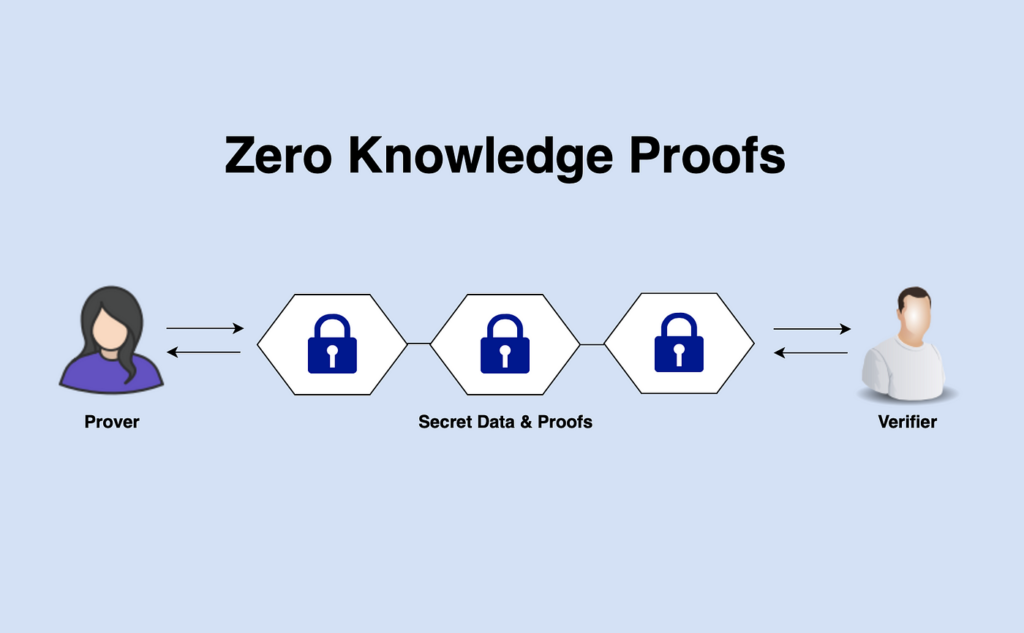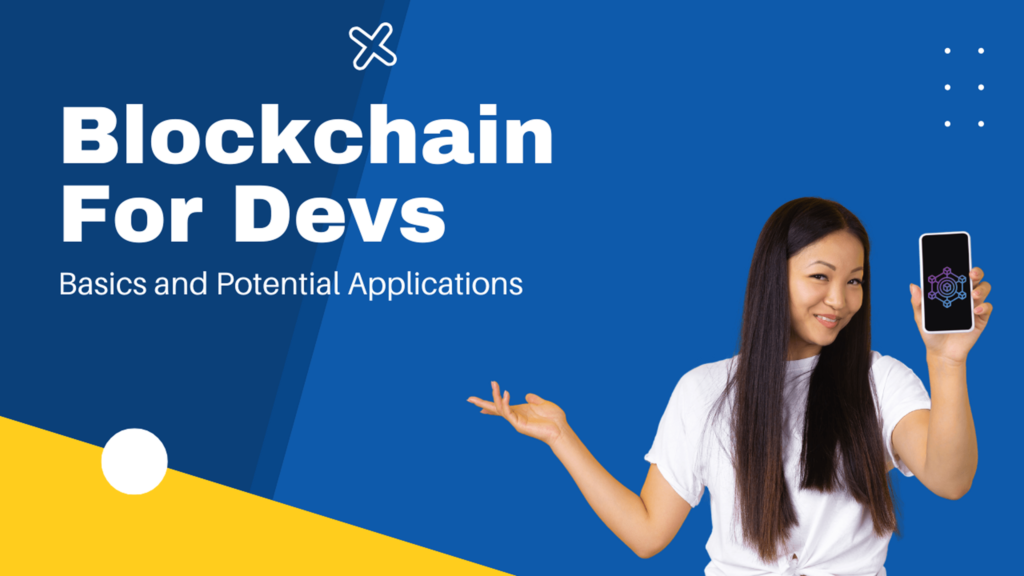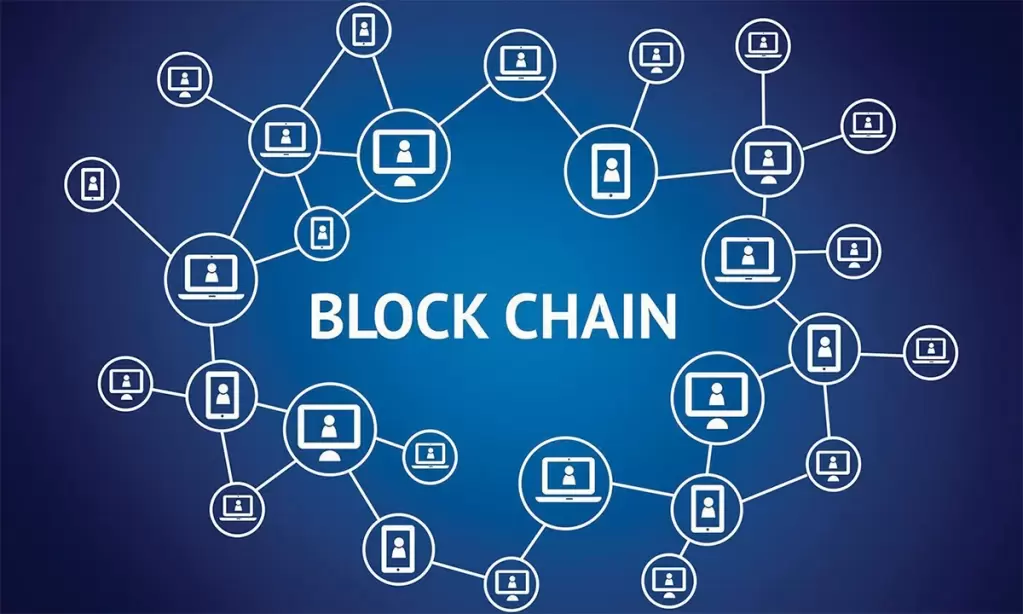As we navigate further into the digital age, privacy and security continue to emerge as fundamental issues in the realm of technology. This is particularly true within the world of blockchain, where the public, decentralized nature of the technology inherently poses unique challenges for privacy. One innovative solution to this dilemma lies in a concept known as Zero-Knowledge Proofs (ZKPs), a cryptographic principle that allows for information to be shared between two parties without revealing the specific content of that information. In the context of blockchain transactions, ZKPs are enabling an unprecedented level of privacy, all without compromising the inherent security of the blockchain.
In this comprehensive guide, we’ll explore the foundations of Zero-Knowledge Proofs, their application in blockchain transactions, and their impact on enhancing privacy within the blockchain. We’ll also delve into a case study of Zcash, a cryptocurrency that has successfully implemented ZKPs, and provide step-by-step examples of how ZKPs work.
What is Zero-Knowledge Proofs?

Zero-Knowledge Proofs are a revolutionary concept in the field of cryptography, offering a way to validate the truth of a statement without revealing any additional information.
The Basics of Zero-Knowledge Proofs
A Zero-Knowledge Proof is a cryptographic method that ensures that one party (the prover) can demonstrate the validity of a statement to another party (the verifier) without revealing any information beyond the fact that the statement is true. This process involves an interactive protocol in which the prover must convince the verifier that they know a value x, related to a certain public value y, without conveying any information about x itself.

Consider a classic example of a ZKP – the “Two-Colorability” problem, also known as the “Ali Baba Cave” allegory. Imagine a circular tunnel split into two paths that loop around and reconnect to form a ring, with a locked door blocking the connection. In this scenario, the prover (Ali Baba) knows the secret word to open the door. The verifier (the skeptic) wants proof that Ali Baba has the key, but Ali Baba doesn’t want to reveal the key itself.
In this ZKP scenario, Ali Baba goes into the tunnel, the skeptic randomly selects one of the two paths, and then Ali Baba appears from the chosen path. The ability to do this proves that Ali Baba knows the secret word to open the door, but does not reveal any information about the secret word itself.
Mathematical Foundation of Zero-Knowledge Proofs
The mathematical principles behind ZKPs can seem complex, but they hinge on a simple concept: it’s easier to verify the solution to a problem than it is to solve the problem itself. For instance, it’s easy to check if the solution to a jigsaw puzzle is correct (you just look at the completed picture), but much harder to put the puzzle together.
ZKPs typically use problems derived from number theory, such as the factorization of large prime numbers or the discrete logarithm problem. These problems are computationally demanding, making them secure against attacks even by powerful computers.
Zero-Knowledge Proofs in Blockchain
Within the blockchain, Zero-Knowledge Proofs are being used to enhance transactional privacy. This is particularly important as transactions on a blockchain are typically transparent, meaning anyone can view the details of the transaction.
How Zero-Knowledge Proofs Work in Blockchain?
In the blockchain context, ZKPs are most commonly used to validate cryptocurrency transactions. In a public blockchain like Bitcoin, transactions are completely transparent – anyone can trace the flow of bitcoins from one address to another. However, this level of transparency can be problematic for users who want to maintain privacy.
With ZKPs, a user can prove that a transaction is valid (i.e., they have enough funds to make the transaction, the input and output amounts are the same, etc.) without revealing any other information about the transaction. This process involves creating a proof that a transaction adheres to certain rules without revealing the specific details of the transaction itself.
Application of Zero-Knowledge Proofs: Zcash

Zcash, a privacy-focused cryptocurrency, is perhaps the most prominent example of ZKPs in action. Unlike Bitcoin, where transactions are publicly visible, Zcash offers the option to hide the sender, recipient, and value of transactions on the blockchain.
Zcash uses a type of ZKP called zk-SNARK (Zero-Knowledge Succinct Non-Interactive Argument of Knowledge) to achieve this. In essence, zk-SNARKs allow the creation of a proof that one has knowledge of certain information without revealing that information or interacting with the verifier. This feature allows Zcash to maintain a secure ledger of balances without disclosing parties or amounts involved in transactions.
In a zk-SNARK, the prover takes a secret, generates a proof, and sends it to the verifier. The verifier can then confirm the accuracy of the proof without gaining any knowledge about the prover’s secret.
Let’s use a Zcash transaction as an example. Suppose Alice wants to send Zcash to Bob in a private transaction. Alice would take the transaction details, such as the input, output, and amount, and combine them with a secret piece of information known as a “witness”. She would then generate a proof that she knows the witness and that the transaction details are correct.
In this case, the transaction details include the fact that she is spending an amount she has (i.e., not double-spending), the input and output values balance out (i.e., no Zcash are created or destroyed, minus transaction fees), and that only she can spend this amount (i.e., she owns the private keys). The “witness” is the information that proves all these facts, including her private spending keys.
Alice sends this proof along with the transaction details to the Zcash network. A Zcash node, acting as the verifier, checks the proof to ensure that it is valid. However, even after this validation, the node knows nothing about the witness or the transaction details. It simply knows that Alice has a valid proof, which is enough to include the transaction in the Zcash blockchain.
Enhancing Blockchain Privacy with Zero-Knowledge Proofs
The implementation of ZKPs in blockchain systems represents a significant step forward in terms of user privacy. By enabling users to prove the validity of their transactions without revealing any transaction details, ZKPs effectively allow for the functionality of a public blockchain with the privacy of a private one.
Beyond Zcash: The Future of Zero-Knowledge Proofs
While Zcash is currently the most well-known application of ZKPs in blockchain technology, there is a vast potential for these proofs to be used in other areas as well. Several other projects are exploring the use of ZKPs for different applications, from scalable blockchain systems to private smart contracts.
In addition, improvements are continually being made to the efficiency and flexibility of ZKPs. For example, zk-STARKs, an advancement over zk-SNARKs, offer increased scalability and do not require a trusted setup, unlike zk-SNARKs.
Privacy Challenges in Blockchain Technology
Despite the advancements brought by ZKPs, privacy remains a significant challenge in blockchain technology. Transparency and privacy are often seen as opposite ends of the spectrum, and achieving a balance between them is difficult.
However, with the ongoing research and development in ZKPs and other privacy-enhancing technologies, it’s clear that we’re heading towards a future where we can enjoy the transparency and security of blockchain without compromising on privacy.
Building Blocks of Zero-Knowledge Proofs
To understand the mechanism of ZKPs, it’s important to know about two properties: soundness and completeness.
- Soundness: It assures that the verifier (receiving party) will not accept a false statement. In other words, a cheating prover cannot convince the verifier of the truth of a false statement.
- Completeness: It ensures that if the statement is true, an honest verifier (receiving party) will be convinced of it by an honest prover. So, a truthful prover can convince the verifier of the truth of a true statement.
These properties form the basis of the interaction between the prover and the verifier, ensuring the reliability of the proof created.
Interactive and Non-Interactive ZKPs
There are two types of ZKPs: Interactive and Non-Interactive. In an Interactive ZKP, the prover and verifier engage in a sequence of interactions for the proof. The aforementioned “Ali Baba Cave” allegory falls under this category. In a Non-Interactive ZKP, the prover can generate a proof without any interaction with the verifier. zk-SNARKs used by Zcash are non-interactive, meaning the proof can be created and verified without any interaction between the prover and verifier.
Deeper into Zero-Knowledge Proofs in Blockchain
Deeper exploration into ZKPs in blockchain involves studying their applications beyond transaction verification. ZKPs can be applied to various use cases, including anonymous voting systems, supply chain management, decentralized finance (DeFi), and identity management. By leveraging ZKPs in these scenarios, it becomes possible to validate sensitive information and maintain user privacy simultaneously.
The Role of zk-SNARKs in Blockchain
While ZKPs are intriguing, their utility significantly multiplies when combined with succinctness, as in the case of zk-SNARKs. “Succinct” ZKPs are brief and quick to verify, which makes zk-SNARKs incredibly efficient for blockchain applications.
The “Succinct Non-Interactive Argument of Knowledge” (zk-SNARK) allows a prover to show that they have specific knowledge or information (like a secret key) without disclosing that information. It also allows the verifier to be certain that the prover has this knowledge without needing to see the knowledge itself.
For example, in Zcash, zk-SNARKs are used to prove that the conditions for a valid transaction have been satisfied without revealing crucial information about the addresses or amounts involved. This is the essence of confidential transactions in Zcash.
Advancements: zk-STARKs
While zk-SNARKs are widely used and appreciated, they rely on a trusted setup phase, making them susceptible to manipulation if this phase is compromised. A solution to this issue is zk-STARKs (Zero-Knowledge Scalable Transparent ARguments of Knowledge). They do not require a trusted setup, making them more secure and transparent. However, zk-STARK proofs are currently larger than zk-SNARKs, posing challenges for their widespread adoption.
Impact of Zero-Knowledge Proofs on Blockchain Privacy and Beyond
While the application of ZKPs in cryptocurrencies is apparent, the potential of these proofs expands to many other fields that require privacy.
- Identity Verification: In a world increasingly concerned with identity theft, ZKPs could provide a solution. You could prove your age, nationality, or other attributes without revealing your exact birthdate, passport number, or additional personal details.
- Voting Systems: Secure voting systems could be another beneficiary of ZKP technology. A ZKP voting system could confirm that a vote is legitimate without revealing the voter’s identity or their choice.
- Healthcare Records: Patient privacy is a major concern in healthcare. With ZKPs, it’s possible to prove someone is eligible for a particular treatment or insurance coverage without revealing their medical history.
Conclusion
Zero-Knowledge Proofs represent a groundbreaking step towards a more private, secure, and transparent digital world. They can revolutionize not just the blockchain technology but various other domains, ensuring privacy preservation and secure data sharing.
The potential applications are vast, from enhancing privacy in blockchain transactions to establishing secure identity verification systems and even creating a more confidential healthcare sector. The future developments in this field, especially with zk-STARKs, offer even more promising enhancements to this technology.
As the digital age evolves, we must ensure that our technology grows with it. The beauty of Zero-Knowledge Proofs is that they provide a solid foundation for a secure future without sacrificing the transparency that makes blockchain so revolutionary. They demonstrate that privacy and transparency can co-exist in the digital world, providing a ray of hope for the upcoming innovations in technology.
Remember, in the realm of technology, learning never stops. As we uncover the potential of Zero-Knowledge Proofs today, who knows what intriguing concept awaits us tomorrow? Keep exploring, keep learning. Happy Blockchain-ing!





